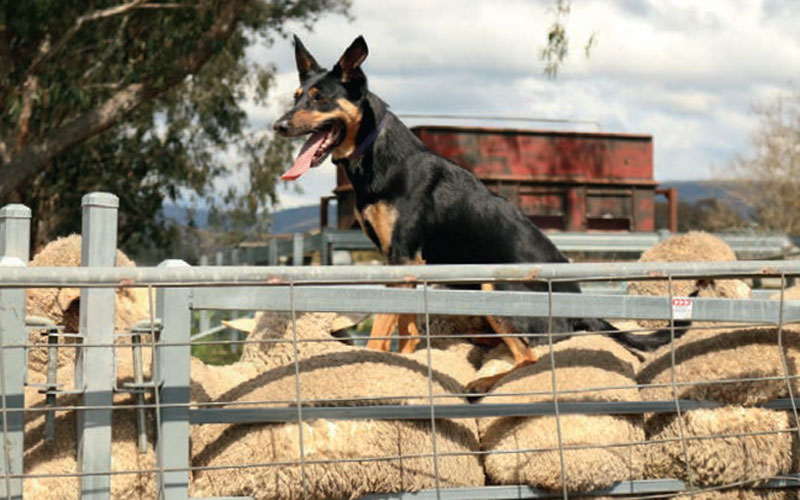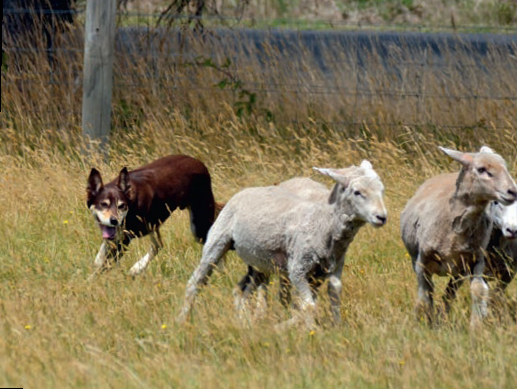What was once a necessity is now a popular sport for dogs nationwide. But what exactly are the basics of herding and which breeds are best suited to it? Katie Cincotta finds out.
When Aussie farmers were out droving big mobs of stock, there was always a trusty companion by their side — the working dog, traditionally a Kelpie — paws out in front, hunched low to the ground, narrow amber eyes squarely set on the band of skittish, bleating sheep with a look that said, “Stop that nonsense, you lot. Now follow my lead.” Herding trainer Hannah Barry grew up in the city, but now lives the country life with a sheep farm in Mickleham, on the northern outskirts of Melbourne. Her family of working dogs includes her 14-year-old Kelpie cross, Minty. “I was city born and bred, but I rode horses when I was young and I always loved animals,” recalls Hannah.
Ten years ago she started obedience and agility training with the ANKC (Australian National Kennel Council), but it was seeing herding dogs at work — that incredible instinct to move sheep around as if by hypnotism — that inspired her to join the sport. Herding as a dog sport is run across many kennel clubs in Australia, with dogs judged on the “passage of the stock” — how quickly they round up the sheep and how well they do it. Hannah is a herding judge herself for the ANKC and says herding in the ring replicates what working dogs would be doing on farms — helping farmers to move sheep or cattle from paddock to paddock.
“There’s an ideal path that the stock should take through the course, and then it comes down to how quickly and efficiently the dog gets that done. The dog needs to get the sheep around in the quietest manner and in the fastest time.”
Breeds and basics
More than 30 herding breeds make up the competition, including the two most common working dogs, Kelpies and Border Collies. But Hannah says herding isn’t limited to those two traditionally great herders, with newcomers on the scene including Rottweilers, Briards and Collies (the Lassie dog).
Did you want to read the whole article? You should have read PETS #56! Subscribe to the magazine here.



Leave a Reply